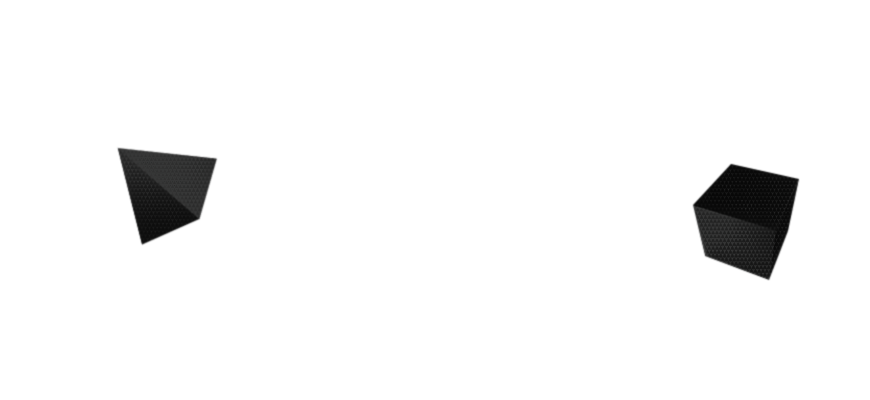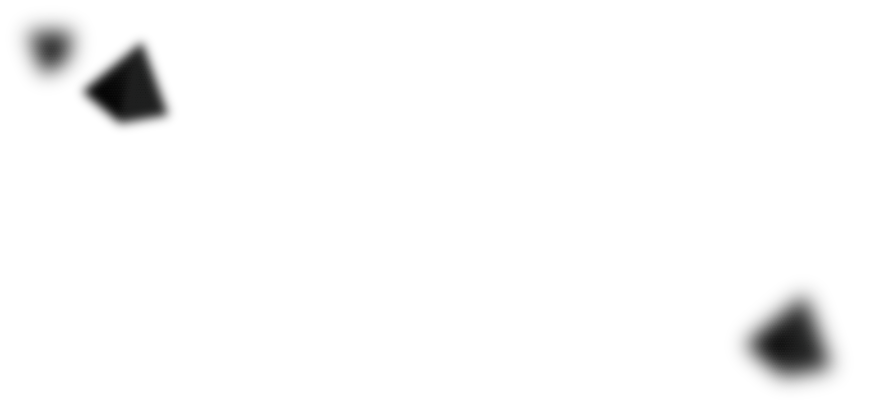Welcome to SIGGRAPH 2021
Art Papers: Author Manuscript Guidelines
Please follow the guidelines below when preparing your manuscript for submission to SIGGRAPH 2021 Art Papers.



Please note, use the Art Papers Manuscript Template to make it easier to prepare your paper in adherence with the manuscript guidelines. The Author Manuscript Guidelines below provide detailed information regarding required content, structure, and document formatting of submitted papers. This template is formatted in accordance with those guidelines.
Please use this template as a starting point for writing your paper. Once you have completed the writing, export a PDF from this file. When you do so, it will have the fonts, margins and other document formatting that adheres to the manuscript guidelines. Save the Word document in which you wrote your paper. If your paper is accepted to the Art Papers program, you will update the information in the document, and it will make it a lot easier to prepare your final manuscript for upload upon acceptance.
Make sure to update the running footer for this template to include your unique submission ID and the paper title. (View menu, header, and footer; look for the footer content; and replace the default text with your unique ID number and paper title.)
To be considered for peer review or accepted for publication, the following requirements must be met by the author in preparation of the manuscript.
File Formats for Submission
- Initial Paper — Upon Submission: Papers and all required information must be saved as a single PDF for submission via Linklings. Name the file in the following format: Unique_submission_ID_initial.pdf.
- Final Paper — Upon Acceptance: A paper accepted for publication must be saved as a Microsoft Word document and a final version submitted via the Linklings. Name the file in the following format: Unique_submission_ID_final.docx.
- Figures: See figure guidelines for image file formats. Name the file in the following format: Unique_submission_ID_Figure_Number.tiff
- Upon Acceptance: If your paper is accepted for publication, you will be required to submit two videos a short 30 second Fast Forward video and a longer Pre-Recorded Video Presentation. Additional information will be provide upon acceptance.
Author Information
Because all papers undergo a blind peer review process, author names and identifying information should not be included in the initial paper that you submit via Linklings, but it is required for publication and must be included in the submission of your final paper if it is accepted for publication.
- For initial Paper submission: Include only your unique submission ID.
- For final(accepted) Paper submission: Include author name(s), author(s) generic title, affiliation, postal address(es), and email address(es).
- Example: John Smith (artist, researcher), University of California, Berkeley, History of Art Department, 416 Doe Library #6020, Berkeley, California 94720, USA. Email: john_smith (at) berkeley.edu.
- Note that these addresses will be published.
- Important note: All author information is included in the 3,500 for Long Papers and 2,500 for Short Papers (maximum) word count. Please make sure that your final word count includes your author information, even though your initial paper submission includes only your unique submission ID.
Word Count
The maximum word count is 3,500 words for Long Papers and 2,500 words for Short Papers. This includes the paper title, author information, body of the paper, abstract, captions, notes and references, and glossary. Manuscripts with word counts that exceed the maximum limit will not be reviewed.
Title of Paper
Include a short, descriptive title that clearly reflects the contents of the paper. In addition, longer subtitles may be included if they will be helpful for supplying key words and capturing the reader’s attention. The title is included in the word count maximum.
Abstract
An abstract of up to 250 words, written in the third person, that summarizes the essential points of the manuscript must be included. Do not include numbered notes or references in the abstract.
Text
- Papers must employ proper use of academic written English. Non-native English speakers may use the English Review Service to help improve submission text. Please note that this process takes time, so plan far ahead in order to meet the deadline.
- As a guide to the reader, consider dividing the text into sections with titles. Levels of section titles should be clearly indicated (e.g., <1>, <2>) in the text.
Figures
All figures and tables should be submitted in the supplementary materials section.
- The maximum number of figures that may be included in the manuscript is 10.
- Insert each figure (as a low-resolution 72 dpi version) and caption in the body of the paper directly after the paragraph in which it is referenced.
- Numbering: All figures must be numbered (e.g., Figure 1) and discussed in sequential order in the text (e.g., “…as shown in Figure 1”).
- Caption: A figure caption must be provided for each figure. The caption must include the figure number, text to describe the visual material in the figure, and credits to the copyright holder and/or photographer (e.g., Figure 1. The robotic duck’s head, neck, and wings falling backwards due to gravity. Roboanas © Mike Smith. Photo: Jeff Pepper.). For figures depicting art objects, the work’s title, medium, dimensions, and the date of execution are required; for nontraditional art forms and other visual imagery, appropriate descriptive details should be supplied. Also, captions should provide a sentence or two of summary information related to the image.
- Figure file upload and naming: In addition to the low-resolution versions included in the paper manuscript, each figure must be uploaded as an individual file named with the submission ID, figure number, and file format extension (e.g., SubmissionID_Figure01.tiff).
- Figure file format for continuous-tone images/figures (e.g., photographs or graphics with smooth gradients):
- 7 inches wide (2,100 pixels wide, height is variable as appropriate)
- CMYK color space
- TIFF format
- Optional: JPEG format, but TIFF is preferred.
- All levels must be adjusted.
- Artwork created or scanned at a lower resolution cannot be improved by resaving it at a higher resolution. The scanning of images of halftones (i.e., from books or other printed matter) results in images that do not reproduce well because moiré patterns are likely to result.
- Artwork is screened at 133 lines per inch (pre-screened hardcopy artwork will be reproduced at the resolution in which it is submitted).
- Figure file format for line art images/figures:
- EPS format:
- 7 inches wide (600 pixels per inch or better, 1,200 pixels per inch preferred)
- CMYK color space
- If fonts are used in a line art figure, supply a duplicate file of the figure without the text, along with a file with text in place. Line art should be scanned or prepared at 600 pixels per inch or better (1,200 pixels per inch is preferred).
- EPS format:
- Color figures and images are preferred where appropriate. Whenever possible, to ensure the best quality of reproduction, black-and-white originals should be provided for images to be reproduced in black and white.
- Images of the artist/author are published only when the subject is an integral part of the artwork, as in the case of performance art.
Tables and Charts
All figures and tables should be submitted in the supplementary materials section.
- All tables and charts must be numbered and discussed in sequential order in the text.
- A comprehensive table legend (like a figure caption) must be provided for each table and chart.
- Insert each table and legend in a sequentially ordered list at the end of the paper, after the references and notes section.
- If a chart includes graphics and/or text, save as an EPS and supply a duplicate file of the chart without the text, along with a file with the text in place.
References and Notes
- References and notes should be integrated into one list appended at the end of the body text, and before the tables and charts section.
- All sources cited in the text must be referenced.
- Sources of ideas and influences as well as previous related work of note should be referenced.
- Reference numbers in the text should appear in numerical order in brackets on the line of the text. Do not use auto-formatted reference numbers that are available in word-processing programs in the inline text references or in the references and notes section at the end of the paper. Do not use superscript numbers.
- Each reference number should appear only once in the text. Subsequent references to the same source should have a new number and refer back to the initial reference (e.g., See Jones [1] p. 32.).
- Do not use footnotes. Notes to the text should be formatted as references.
Document Formatting
- Do not center headings.
- Do not justify lines.
- Do not insert two spaces after an end punctuation mark.
- Do not indent paragraphs or insert an additional hard return or extra spaces to indicate a new paragraph.
- Do not use the word processor auto-numbering feature.
- Do not use footnote or endnote formatting linking notes to note markers.
- Insert titles, subheads, and the like as isolated paragraphs. Indicate levels of heads with angle brackets (e.g., <1>, <2>).
- Do not use advanced formatting features intended to present the manuscript as it is to be published; minimally formatted text is more easily manipulated by editors and typesetters.
- Include running footers with the submission ID, article title, and page number.
Font: Times New Roman
Point size: 12 pt
Line spacing: 1.5 lines
Justification: Left
Margins (top, bottom, left, right): 1”
Space after paragraphs: 12 pt
Auto-formatting of numbers: Off
Hyphenation: Off
Extracts: Indent 0.5 inches
Order of Elements in a Paper:
- Article title
- Article subtitles (where appropriate)
- Author name (only in final papers) or unique submission ID (for initial submissions)
- Author’s generic title (e.g., educator, artist), affiliation, affiliation or author postal address, and email address (only in final papers)
- Abstract
- Article text (with inline subheads, extracts, figures, and captions)
- Acknowledgments (only in final papers)
- References and notes
- General source bibliography (where appropriate; may be supplemental material)
- Glossary (where appropriate; may be supplemental material)
- Bibliographical information: 1–2 sentences about author’s occupation and/or affiliations (only in final papers)
- Tables and charts
Glossary
A glossary should be included if specialized or original terms are used in the paper.
Optional Supplemental Materials
Long and Short Papers authors are permitted to provide up to three additional optional supplementary materials. Multimedia content may include videos, code, and audio files, as well as additional images and/or other supplemental text files (up to 100 MB each). Each file must be accompanied with a title, 50-word description, and caption (including any credits and copyright information). Accepted video file formats accepted include: .mov, .avi, or .mp4.
Download the Art Papers Manuscript Template

